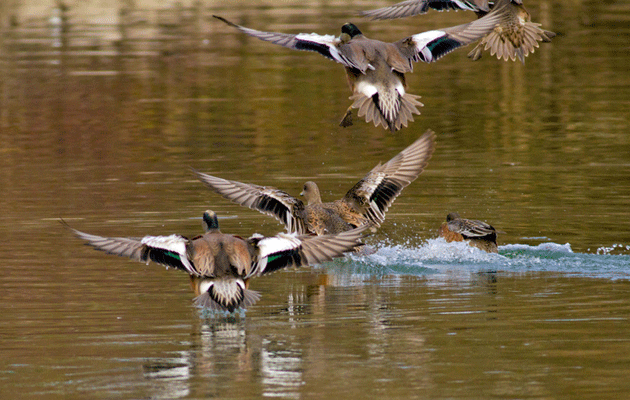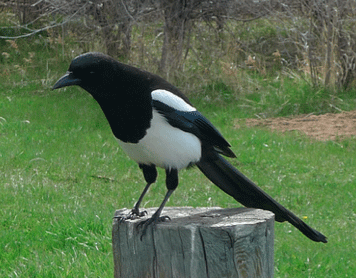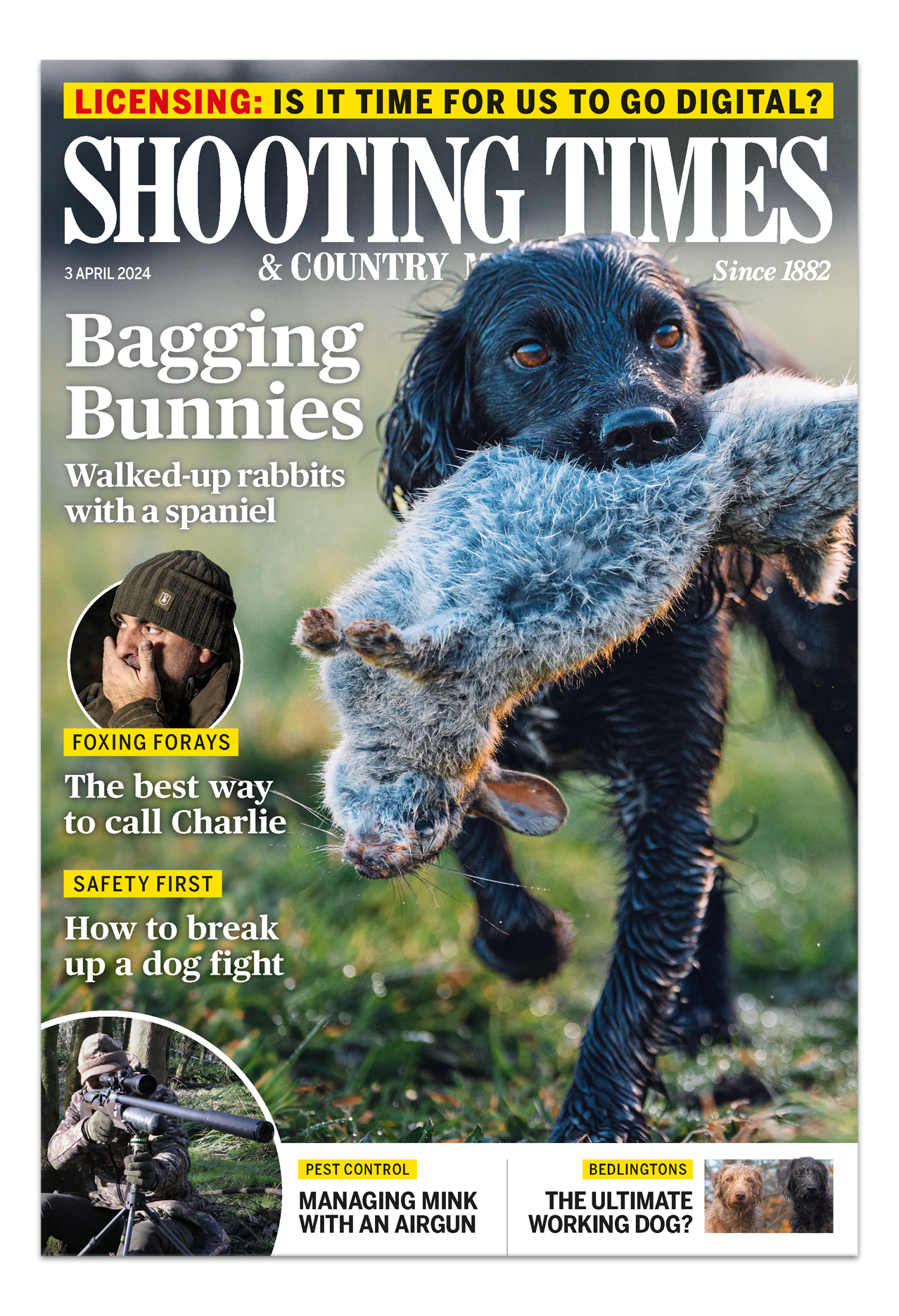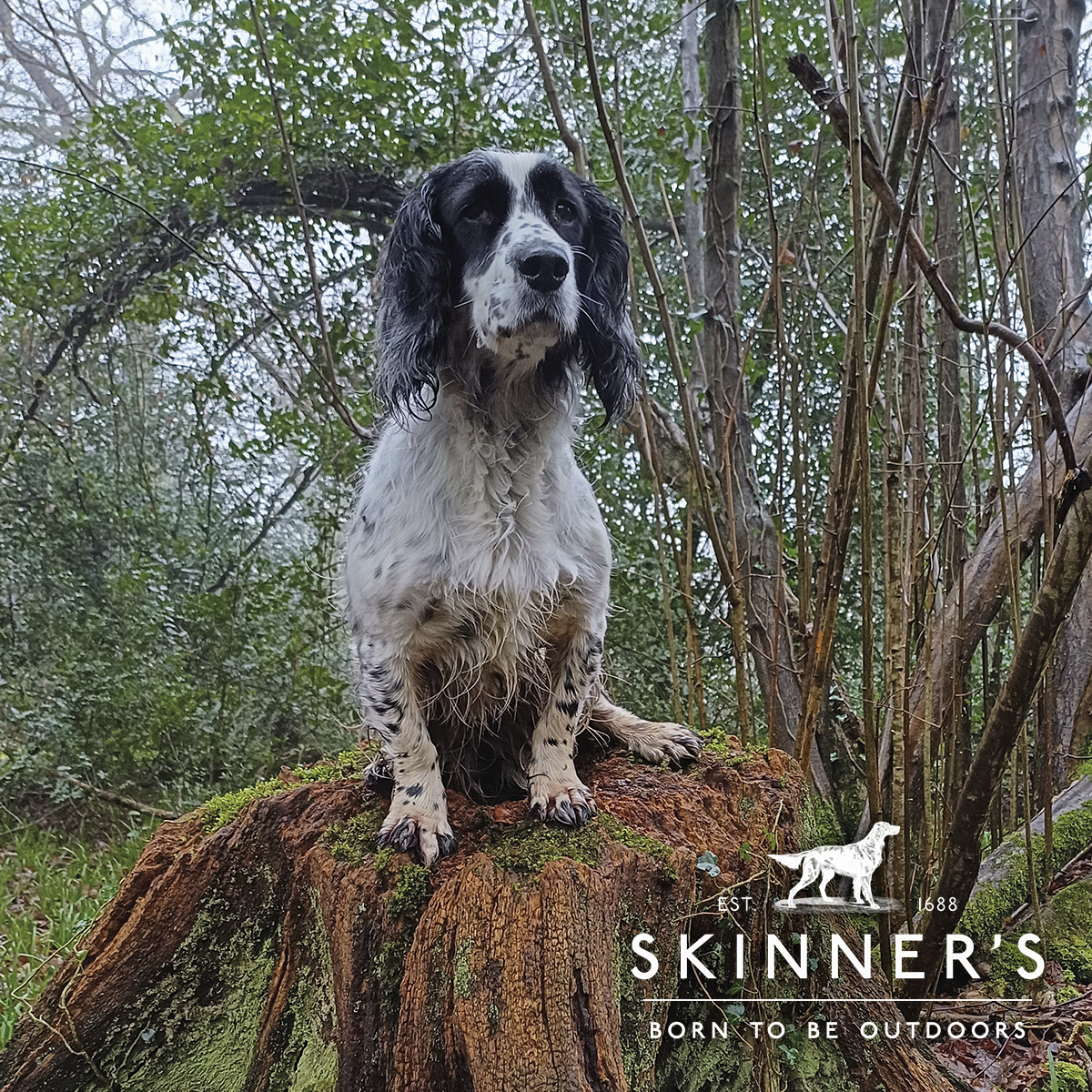Why pest control is essential if we still want to hear birdsong
It’s little wonder that the population of birds such as skylarks, sandpipers, plovers and grey partridge have plummeted in the past 40 years. Predator numbers have exploded and they have gained the upper hand throughout Britain. Nowhere is safe. Pest control is essential if the next generation is ever to hear birdsong, says Richard Brigham

How do you plan to spend the spring and summer months before another season comes along? Many shooters, myself included, often get far more action once the season has ended. After a few roost shoots, there are usually plenty of pigeon that need sorting out over growing crops. The local rabbits become hell-bent on increasing their numbers and, crop protection aside, there’s the winter build-up of nest-raiding pests and predators that now require urgent attention.
In my childhood, spring seemed to be a most magical time of year. It was a joy to be out on a warm morning. Kicking off at first light, the dawn chorus warmed up until every bush, covert, hedgerow and marsh sounded alive with the vibrance of song as the local bird life marked out its territory, attracted a mate and got on with the urgent task of building a nest.
In common with every small country boy of the 1950s, I spent most days risking life and limb trying to find them – climbing trees, getting scratched and stung, and falling in, over and down the many obstacles nature put in the way. In those days, many coveted a small collection of carefully blown eggs – now heavily protected by the law – but the main incentive was the thrill of discovering each new nest, marvelling at the awesome variety, shape and colour of its contents, and watching the eggs hatch out and ultimately develop into fully fledged youngsters.
Deep in rural Norfolk, lapwings nested in almost every field and rough meadow, and you couldn’t walk far across farmland without being mobbed and distracted by their “broken-wing” acts, as they feigned injury in order to draw one well away from each root-lined scrape containing four heavily mottled eggs. Skylarks trilled above, snipe drummed constantly over any bit of marsh or rough meadow, and the whole place seemed to buzz with the hustle and bustle of rearing the next generation.
How things have changed! Still living little more than 100 yards from where I was born on a family farm, I’ve found it easy to keep an eye on what’s been happening for more years than I care to remember. Over the past two decades, the decline in numbers and species of much of the local bird life has been nothing short of alarming.
Nowadays, you’ll be lucky to see a lapwing in spring, let alone find a nest, and I haven’t heard a snipe drumming for years. A limited number of these and other waders turn up early in winter, but by mid-March they have gone, and, though we’re lucky enough still to have skylarks at the top of the garden, the last nest found nearby was taken a few nights later by a badger. This is not simply looking back to the good old days through rose-tinted glasses – this is fact.
The real challenge
What can have gone wrong? There seems to be widespread concern over the disappearance of our wild songbirds, but very little is ever done about it. Most media coverage is accompanied by whingeing about “modern farming practices” and chemical crop sprays, with, predictably, a swipe at the fieldsports community. So far, few seem to have admitted, or come up with a solution to, the biggest challenge facing all too many of our small native bird species (and several of the larger ones) – predation.
It’s little wonder that birds such as skylarks, sandpipers, plovers and grey partridge have almost disappeared from many areas, having had to run the gauntlet of increasing numbers and species of winged and four-legged predators. They all consume a lot of prey to survive and, having been allowed to gain the upper hand throughout much of Britain, now terrorise other species in trees, open arable land, water, moor and marsh. Nowhere is safe.
Alarming evidence
Magpies have increased tenfold, carrion crows move around in big flocks, and jackdaws – which are also inveterate egg thieves – are almost equal in number to rooks. Piles of feathers and stripped carcasses are evidence of the alarming number and variety of adult songbirds being killed off by sparrowhawks. The list goes on.
Of the four-legged variety, the “re-location” (ie, dumping) of urban foxes is a major problem, as is the huge increase and spread of badgers. Mink, illegally released by well-meaning but misguided animal lovers, wreak havoc along inland waterways; the number of brown rats has exploded; and, as well as spreading a form of pox that has all but wiped out our native red variety, the grey squirrel seeks out and devours eggs and nestlings on a large scale. Such high numbers of predators ensure that every prey species is kept under constant pressure, especially during the hours of darkness.
Wetland residents face additional problems. The widespread breeding and re-introduction of otters has occurred at a time when, because cormorants have been allowed to move and breed inland, fish stocks are already at a low ebb, forcing the otter to take anything that swims, runs or flies near or on water. With a river and several lakes and ponds on my doorstep, I’ve watched the alarming decline of many wetland species, including water voles, swans and herons. And for aquatic birds such as grebes, which rely on the safety of water to site their nests, it’s a challenge to rear anything at all. Even moorhens and coots are becoming comparatively scarce. What then, if anything, can we do to help?
Gameshooting aside, if we are to halt the rapid decline of many of our small native birds – and some larger ones – the only chance of re-building numbers is by successful breeding. Good habitat helps enormously but, with nests of eggs and chicks wiped out by burgeoning populations of predators, however good the breeding season, sensible control is desperately needed. Without such protection, the chances of recovery are slim.
Playing down predation
As most bird organisations and societies play down the devastating effects of songbird predation, it’s clear that they’re not going to do anything about the situation. As shooters and landowners, the best we can do is to control whatever vermin we legally can and hope that they come to their senses, admit what the problem is, and do something to help. Predictably, once you mention predator control in any shape or form, the fieldsports community comes in for more than its fair share of criticism. Its hands-on approach to the problem is unpopular with those who want to “leave it to nature” but, in fairness, sporting interests do more to help our native songbird population all over the country than anyone else around.
What’s good for game is good for wildlife, and, though often maligned by weekend wildlife watchers, the modern gamekeeper provides and maintains a healthy environment for many vulnerable species every day, and keeps it comparatively safe by sensible predator control. Well-tended habitat – a desperately needed spin-off of good game husbandry – provides an abundance of food and shelter for many forms of wildlife. The thousands of acres of cover crops planted annually also provide a variety of vital food and cover through leaner times.
The widespread need to cut costs means that there are now far fewer full-time gamekeepers to deal with the predators effectively, except on the well-run estates and serious shooting concerns, as smaller shoots have become far less reliant on wild pheasants and partridge to make up the bag. Many simply buy in chicks or poults, share the keepering and rearing duties and, in most cases, leave the wild stock to struggle on, allowing predators, especially the corvid family, to get out of hand. Unfortunately, everything suffers from any shortcomings in effective, year-round pest control.
Spring and summer present plenty of opportunities to get out with the gun and trap, decoying trap-shy corvids, working a Larsen and placing a few tunnel traps in strategic areas. This will add a bit more wild game to future bags, and be an interesting, positive and rewarding step towards the conservation of our rapidly declining wildlife.











